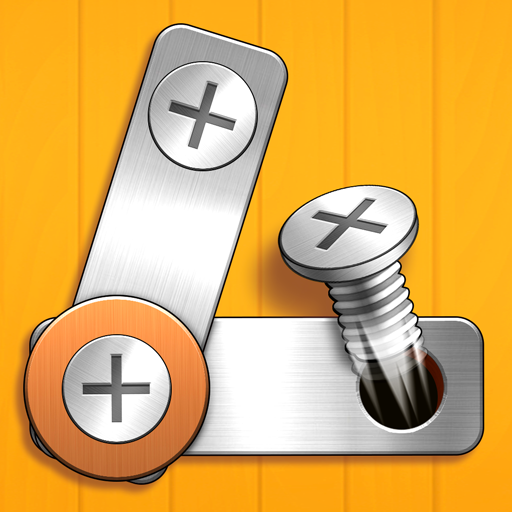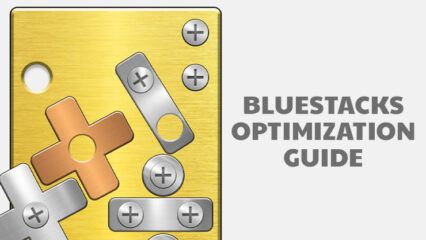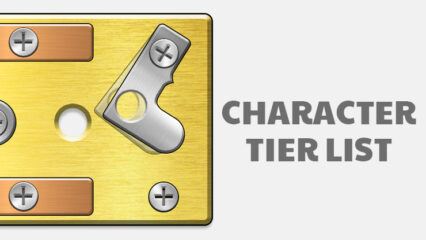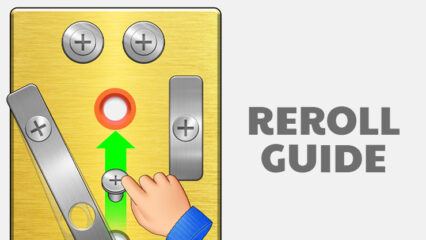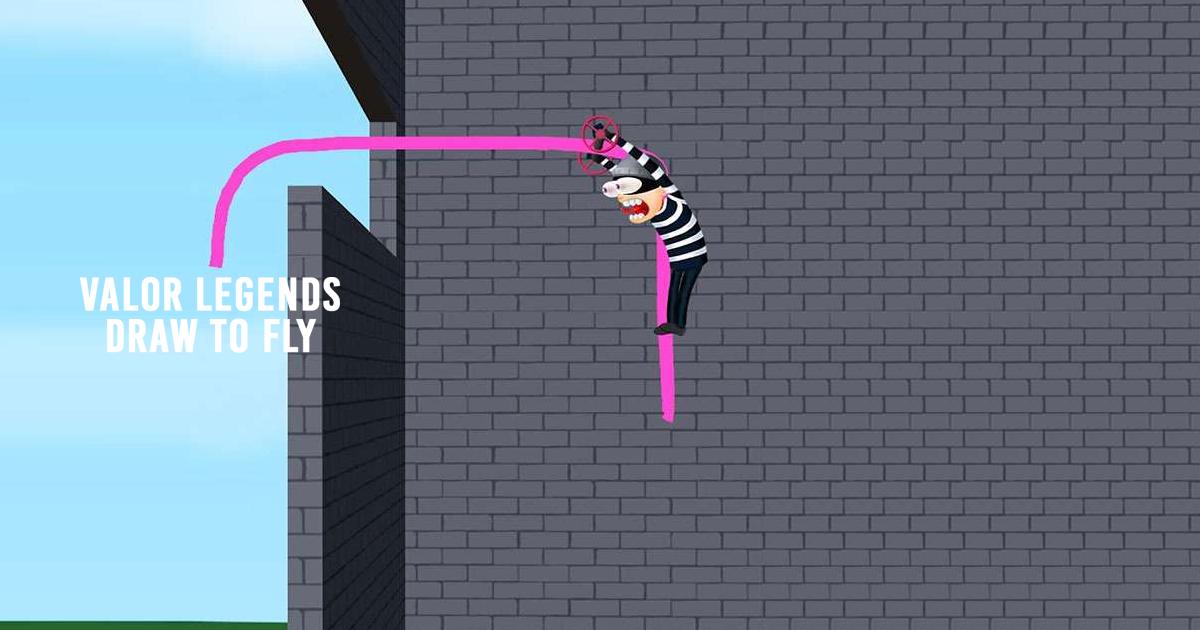Valor Legends: Eternity - A Guide to Heroes

One of the coolest things about Valor Legends: Eternity is that there are a ton of heroes to choose from when creating the perfect team. While many people are content with simply choosing the coolest-looking heroes from the list, the more competitive player base wants to base a unit’s worth on what it has to offer. There are a lot of aspects that make a hero particularly useful when placed in a team and we’ve prepared this guide to help players understand how heroes work.
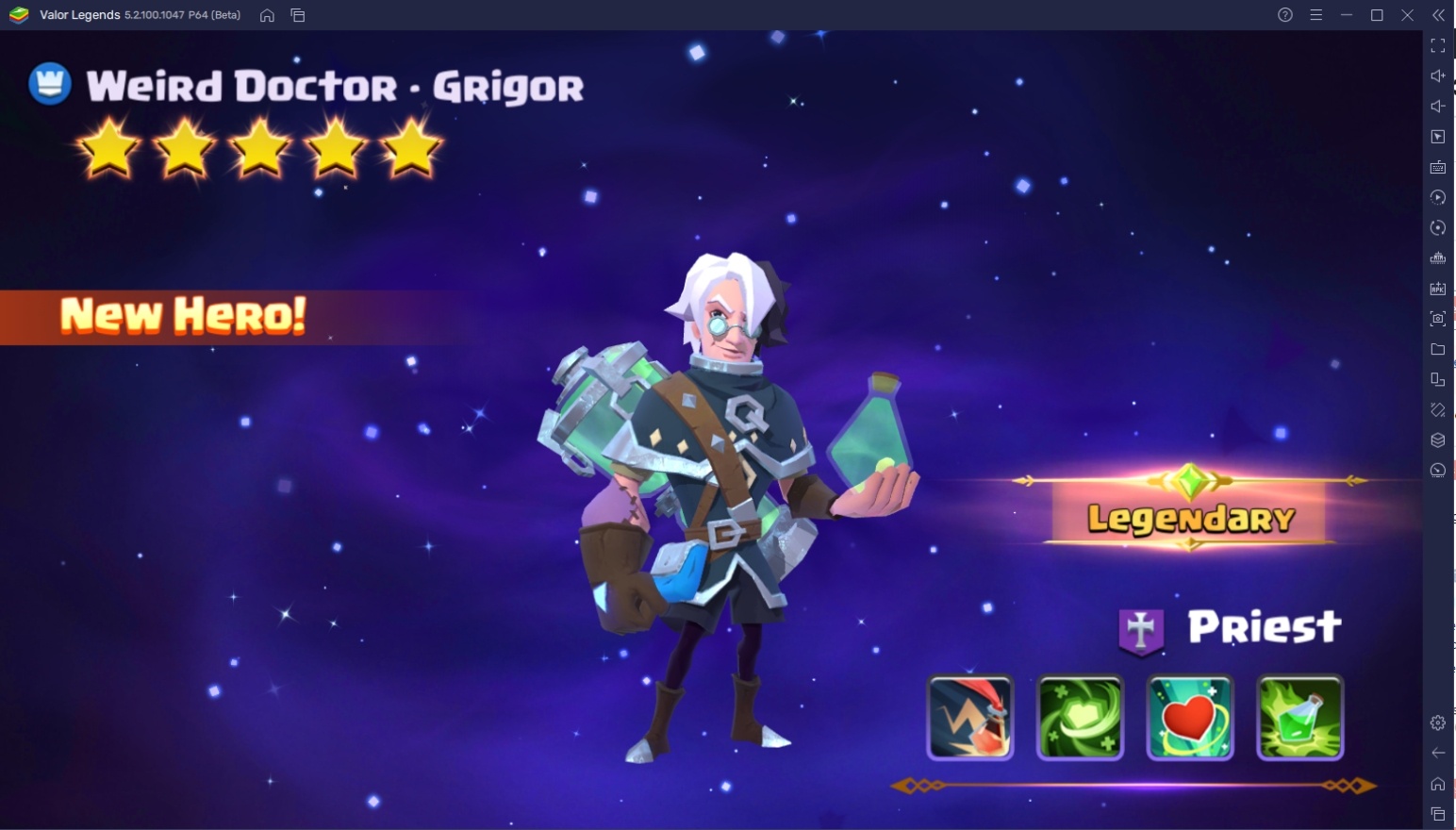
The importance of understanding how a hero works lies in the competitive aspect of the game, namely – PvP. Competitive players want to have the best units at their disposal, but the biggest problem is that some of them don’t know how to gauge if a specific unit is weak or strong. It’s easy to go online to check out other player’s preferences, but that makes one reliant on third-party information without truly having any knowledge of why they choose to do so in the first place.
Hero Factions
One of the most important traits of a hero is the Faction. Each hero is separated by which faction (Forest, Legion, Undead, Light, and Shadow) they are loyal to as we’ve mentioned in our Valor Legends: Eternity Beginner’s Guide. Factions don’t simply affect a character’s aesthetics; they also play an important role in the gameplay itself. There are two ways a faction affects how a hero functions in a match, and that is by having weakness or resistance against an opposing faction, or through faction aura.
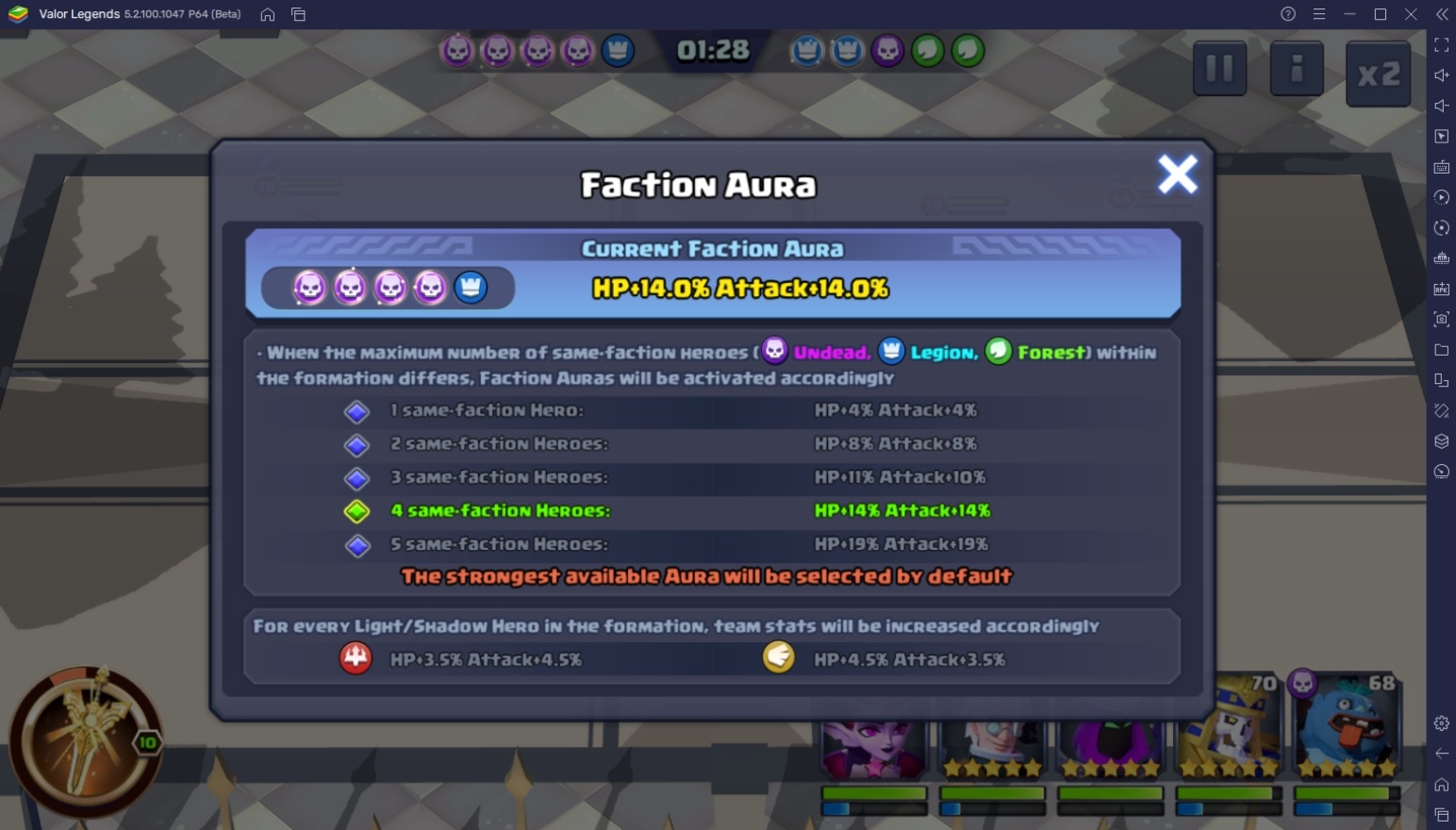
The three main factions (Forest, Legion, Undead) are strong and weak against one of the two other factions, respectively. The divine factions are both strong and weak against each other. Faction Aura refers to the bonus that the team gains when having one or more faction members that are from the same faction; the Aura provides those team members bonus stats. Light and Shadow heroes don’t provide faction aura, but having one or more units from these factions will give separate buffs in addition to regular faction aura bonuses.
Character Class
Heroes play a specific role in the team, depending on what class they belong to. There are five types of hero classes, which are the Warriors, Rangers, Mages, Assassins, and Priests. Warriors belong to the Strength-type heroes, rangers and assassins to the Agility-type heroes, and mages and priests to the Intelligence-type heroes. Depending on which type of stat they hold, their role in the team and their attack style will vary from hero to hero.
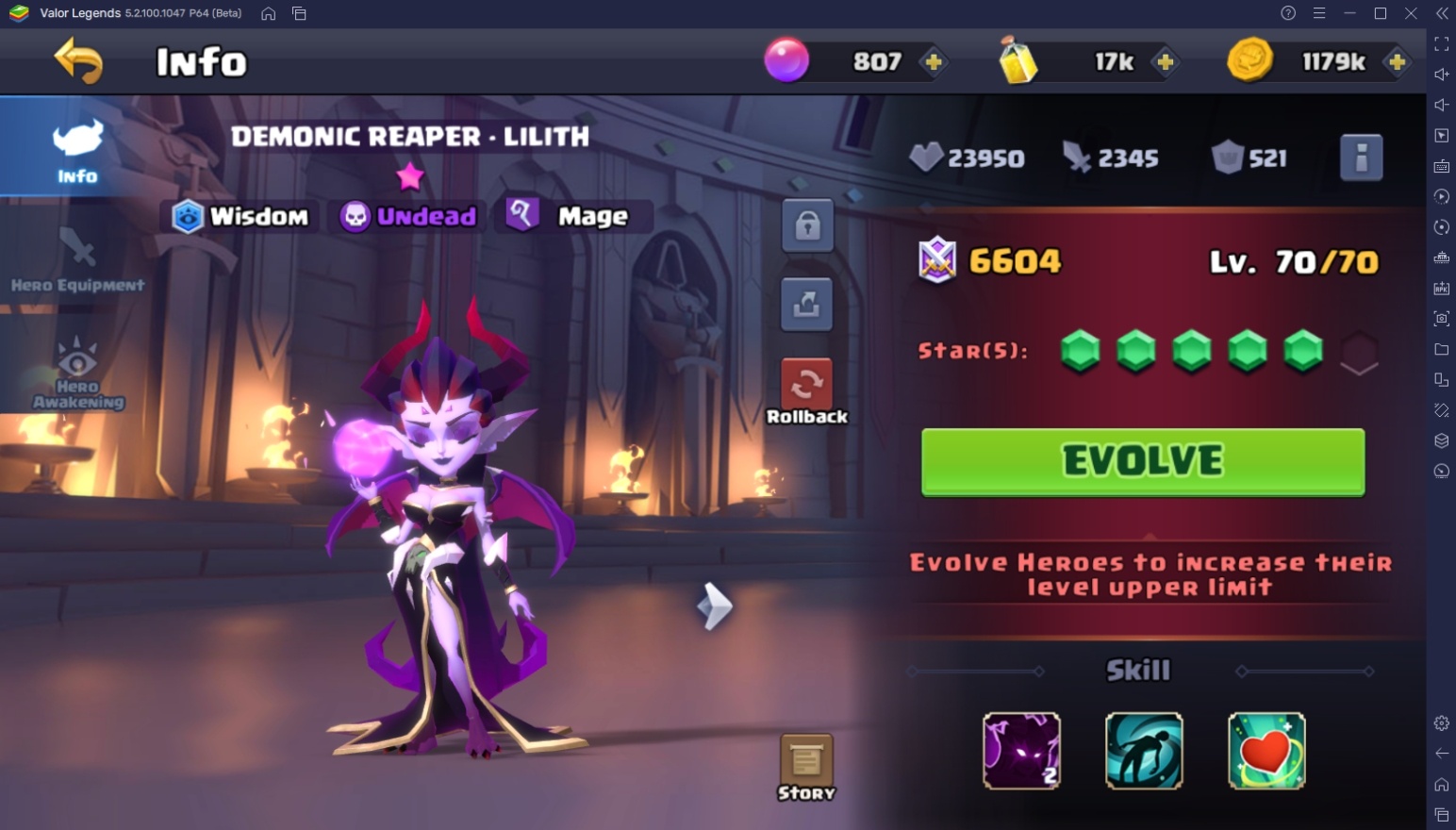
Warriors are tanks that play the role of soaking up damage from the enemy units to keep the rest of the team alive as long as possible. Rangers, mages, assassins are heroes that deal a huge amount of damage to the enemy team from strategic positions, but often die too quickly if enemies manage to target them. Priests are supportive units that strengthen allies or heal any damage the team takes so that they won’t expire as quickly from the enemy team. Having a balance of these five units is essential to teambuilding.
Hero Skills
Hero skills play a big part in gauging if a unit is strong or not. Depending on the hero’s class, they’ll have skills that will complement their role in the team. For example, Priests will usually have abilities that buff their allies or recover a portion of their HP, so that everyone can stay alive as long as possible. Depending on the hero’s innate rarity, they’ll only have up to a maximum of four unlockable active or passive abilities that will level up whenever they are awakened.
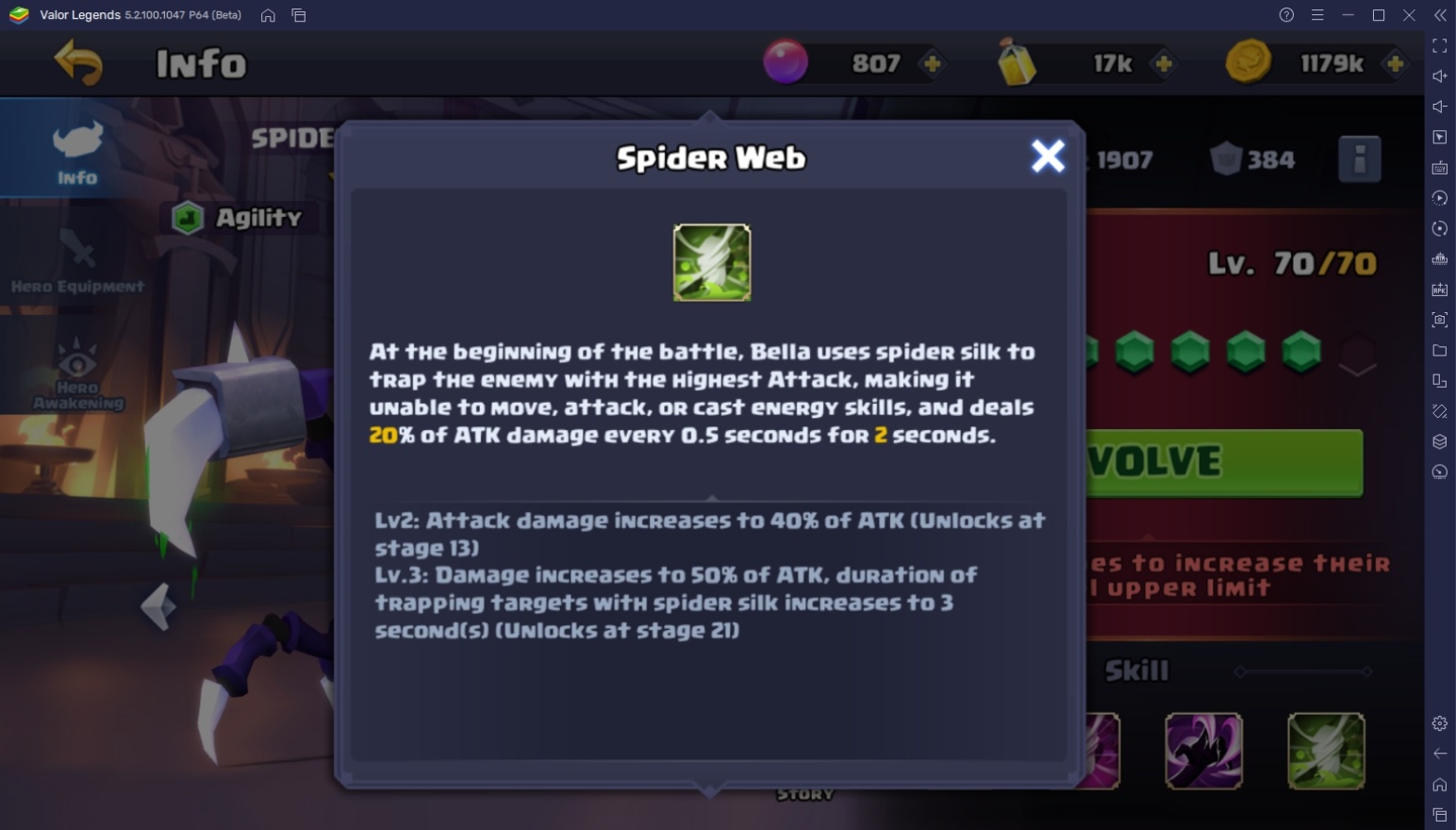
To check if a hero has a good ability, it’s important to compare the values and the number of effects on the ability compared to other heroes. For example, an ability that deals 150% ATK damage might look tempting, but some heroes can deal up to 240-300% damage. That doesn’t include any additional abilities such as HP leech or debuffing enemies as a secondary effect to the ability. Passive abilities simply give bonus stats and mostly have uniform values so you shouldn’t mind it too much.
Awakening
Awakening is a process that increases the star rating of a specific hero. This is done by sacrificing two identical heroes that have the same star rating alongside a few other varied heroes with the same star rating and faction. Once a hero is awakened to the next star rating, they will gain a huge boost of additional base stats. A hero can be awakened up to 24 stars, as that is the most powerful that any given unit can climb to in the current patch.
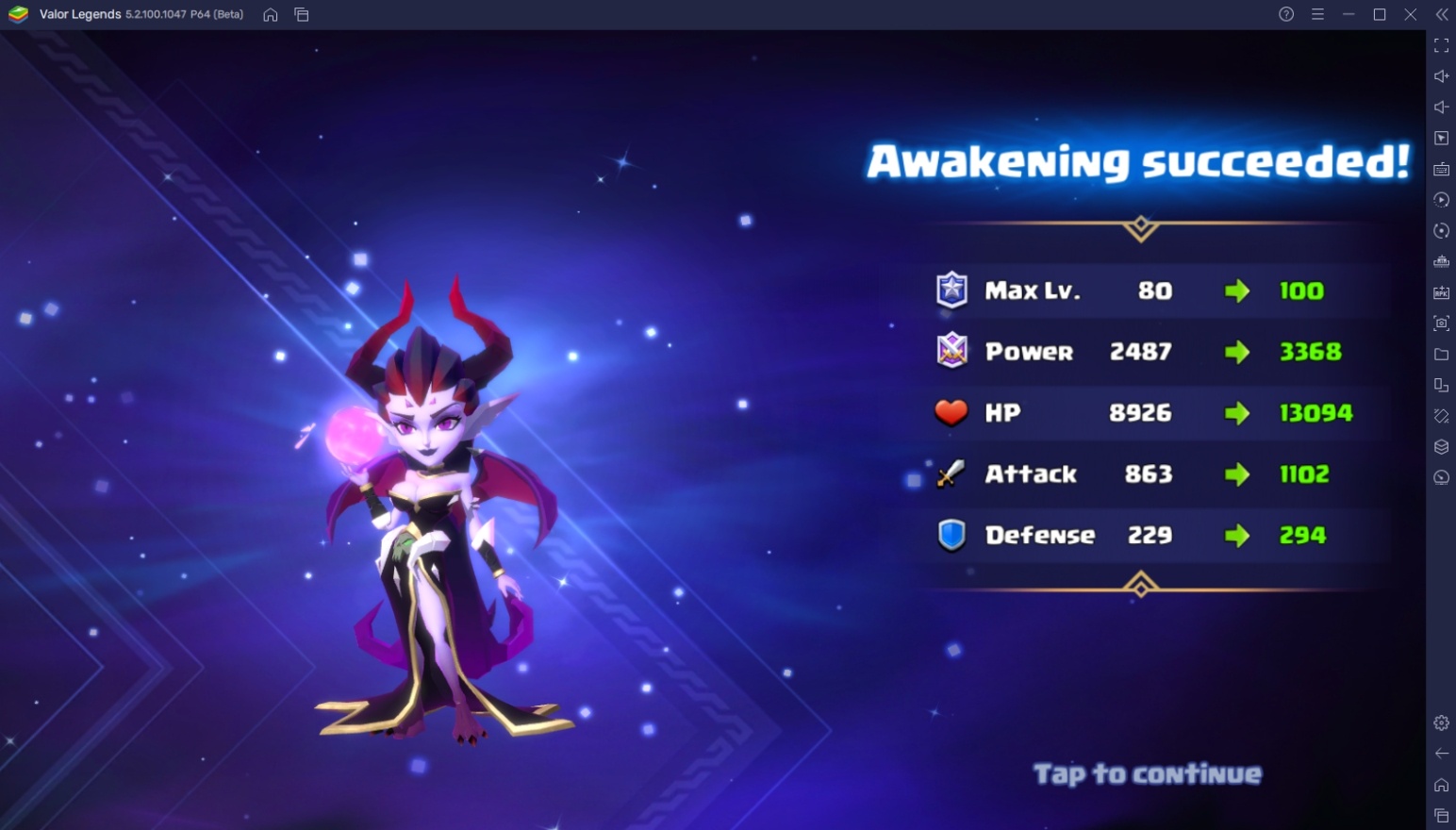
The awakening process can be expensive both in and out of the game. Since the game requires players to sacrifice a bunch of heroes, it can take some time before players can even rank up beyond 7 stars without it breaking their wallets. For F2P users, getting a 7-star is probably the highest they can go for in the beginning, but as you play the game longer, you’ll be able to collect enough heroes for you to even awaken a hero up to the maximum of 24 stars.
Archive Bonds
The lore of Valor Legends: Eternity can also play a big part in the collection of heroes. In the Mainland, clicking on the Archive will allow players to check specific lore-based bonds that will give the team bonus stats depending on the number of heroes that are successfully bonded. It’s also a good idea to have all of the archives activated, so don’t go sacrificing all of your heroes just yet, even if you think they’re useless and will never be used in a team. A good way to do this is by adding bonded heroes to your favorites.
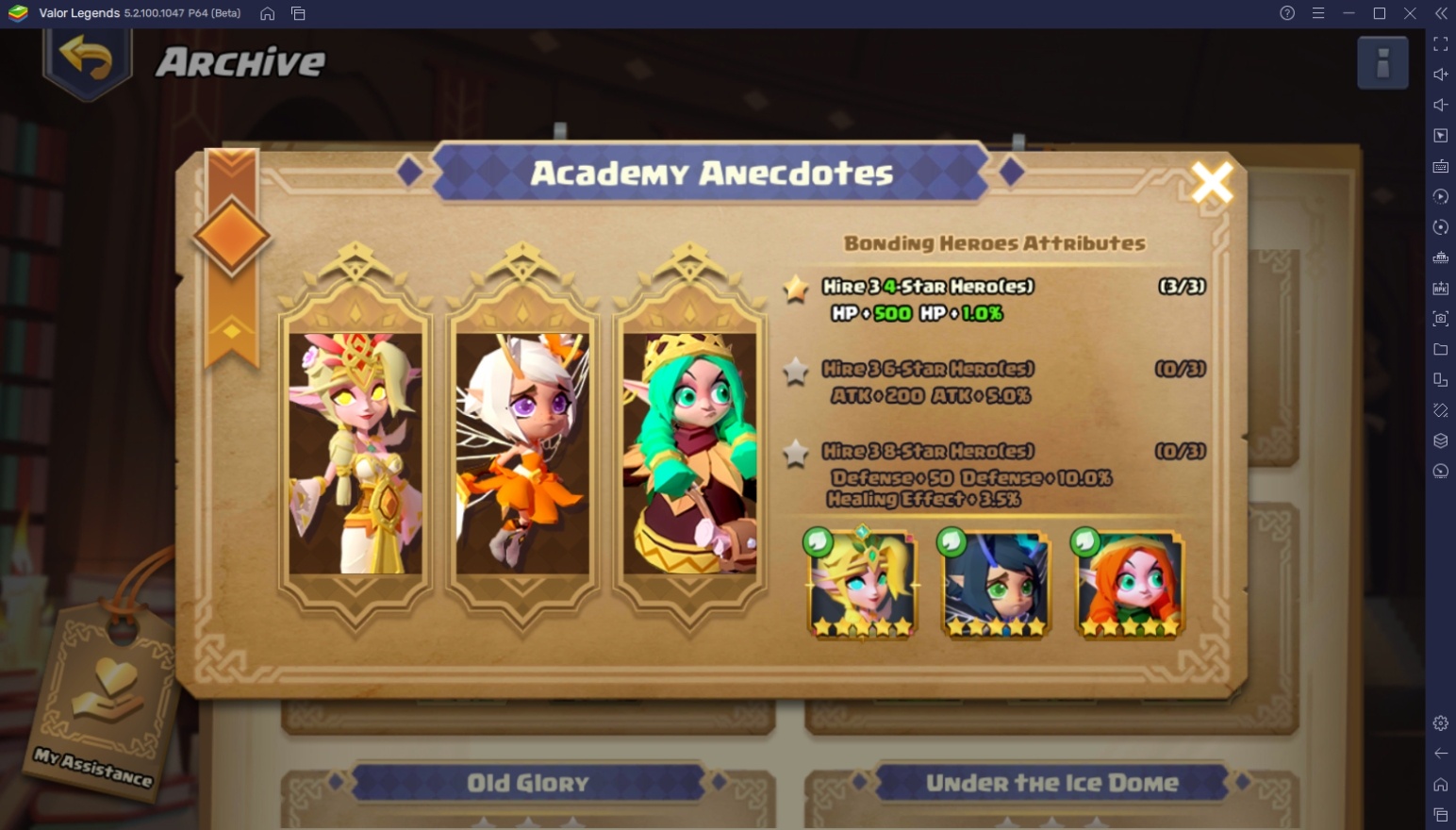
The value of the bonds also increases whenever players increase the rank of all the bonded heroes in the archive. The bonus begins at 4-stars and increases when all bonded heroes reach 6-stars, and finally at 8-stars. The stats that are given in the archive are a huge boost, so players shouldn’t underestimate it since it is very likely help your team beat even the most difficult opponents.

